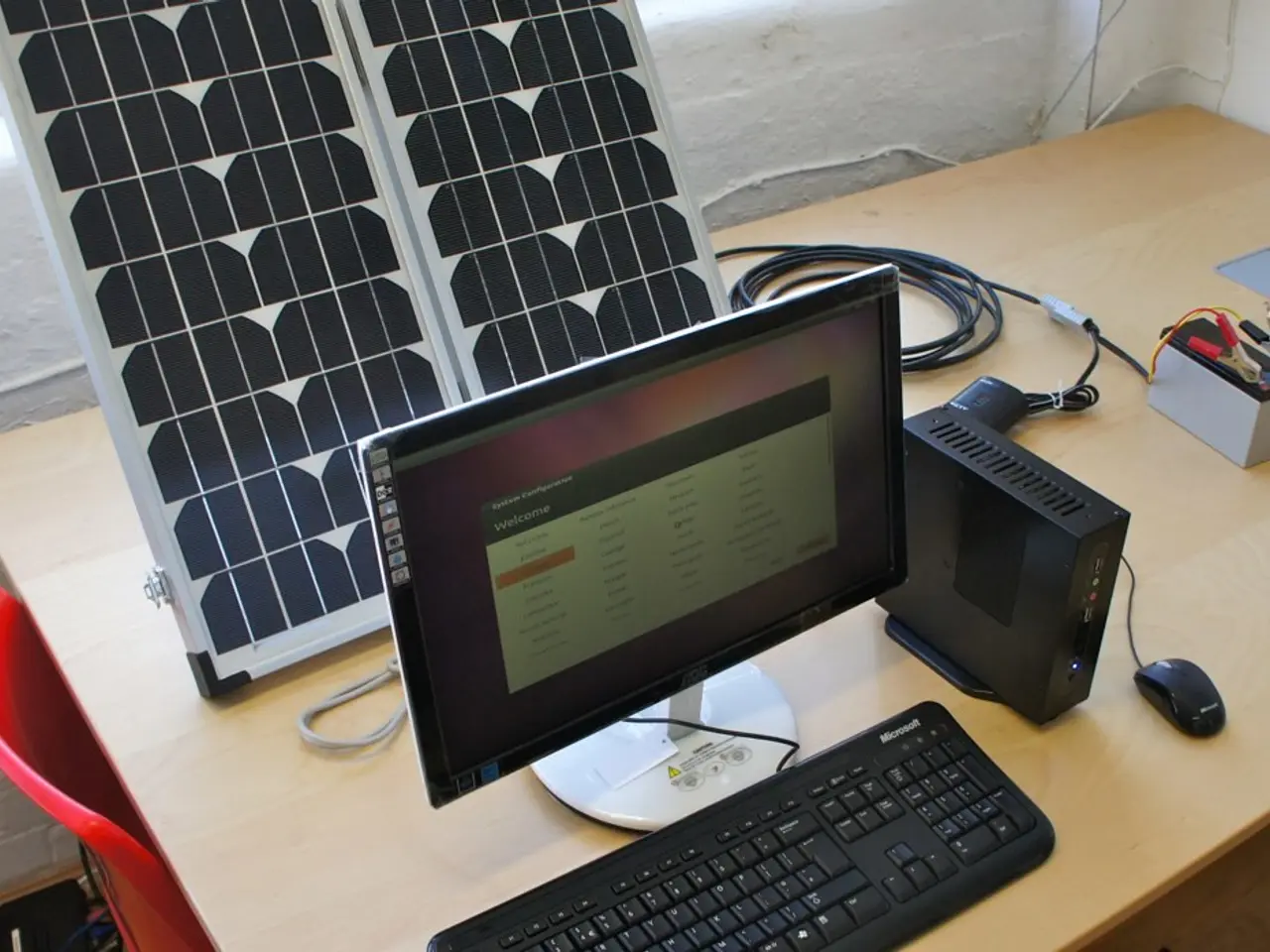A Condensed Chronicle of Fuel Cell Evolution
Fuel cells: Bridging the gap between batteries and space-age energy sources
In the realm of energy conversion, two devices stand out: batteries and fuel cells. Although they share a common origin, their functions and applications have diverged significantly, particularly in the context of space explorations.
Batteries, with a rich history dating back to the 19th century, are well-known for their ability to store energy chemically and release it on demand through redox reactions. This portability and rechargeable power source has proven invaluable for numerous applications. Over time, various chemistries such as lead-acid, nickel-cadmium, and lithium-ion have evolved, enhancing energy density, rechargeability, and lifespan.
On the other hand, fuel cells, while tracing their roots to Sir William Grove's work in the 19th century, work differently. Unlike batteries, which store finite energy internally, fuel cells convert chemical energy from a continuous fuel supply directly into electricity through electrochemical reactions with an oxidizer. This process allows fuel cells to supply electrical energy for extended periods, provided a steady fuel and oxidizer supply are maintained.
The benefits of fuel cells extend to space missions, where their ability to produce electricity and water—an essential resource for astronauts—has proven valuable. NASA, for instance, utilized alkaline fuel cells in the Apollo missions, harnessing hydrogen and oxygen stored onboard to generate electricity and potable water. This dual utility makes fuel cells attractive for spacecraft life-support systems and power generation.
Technological advancements in fuel cell technology continue to progress, with developments like embedding platinum nanoparticles in graphene layers significantly increasing catalyst durability and power output. As a result, fuel cell performance is approaching that of conventional batteries, offering advantages in weight and refueling time.
While batteries traditionally hold the upper hand in terms of simplicity and energy density, they can be heavier and require longer charging times compared to fuel cells. Fuel cells can generate continuous power as long as fuel is available, making them suitable for longer missions or applications where re-supply is feasible.
Ultimately, while both batteries and fuel cells derive from early electrochemical research, batteries have dominated energy storage in space, and fuel cells have offered unique multi-functional benefits in early manned missions. Recent innovations in fuel cell catalysts and structure are narrowing the performance gap with batteries, which could influence future space and terrestrial applications.
In the realm of technological advancements, DIY science projects focusing on fuel cell technology are gaining traction, capitalizing on the potential of these devices to provide both electricity and water in a sustained manner. The development of novel materials, such as platinum nanoparticles embedded in graphene layers, could further close the performance gap with batteries, potentially revolutionizing power systems, both in space and on Earth.




